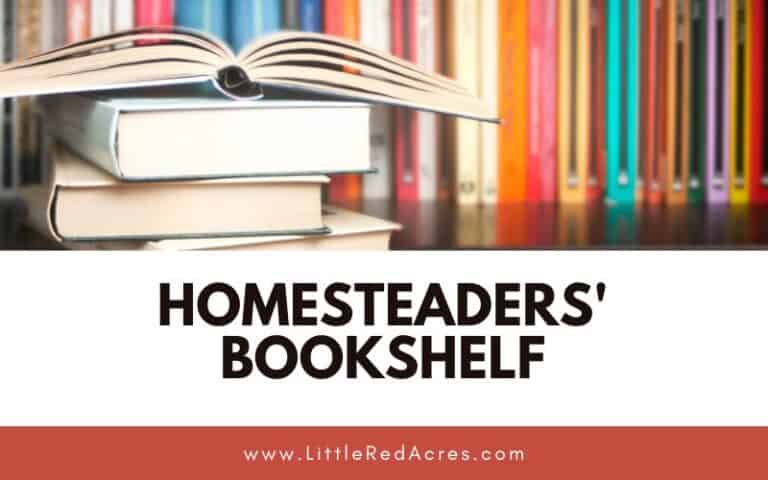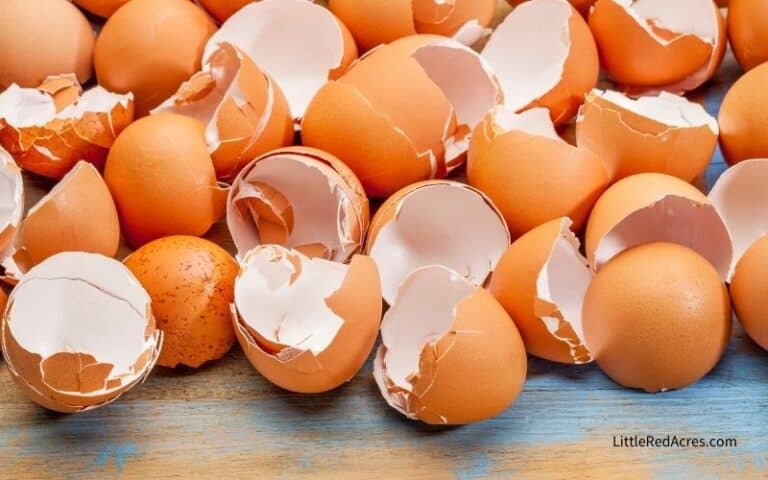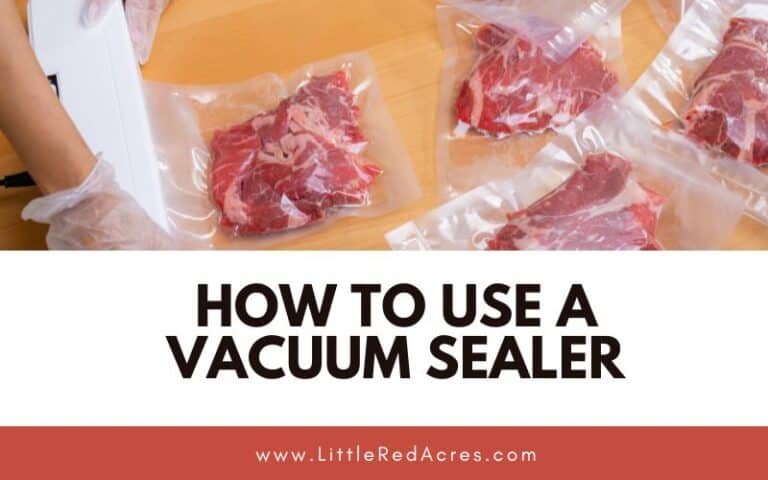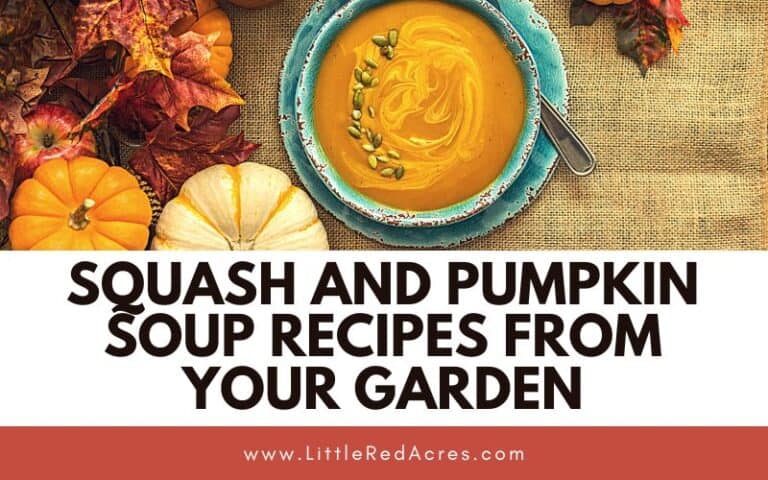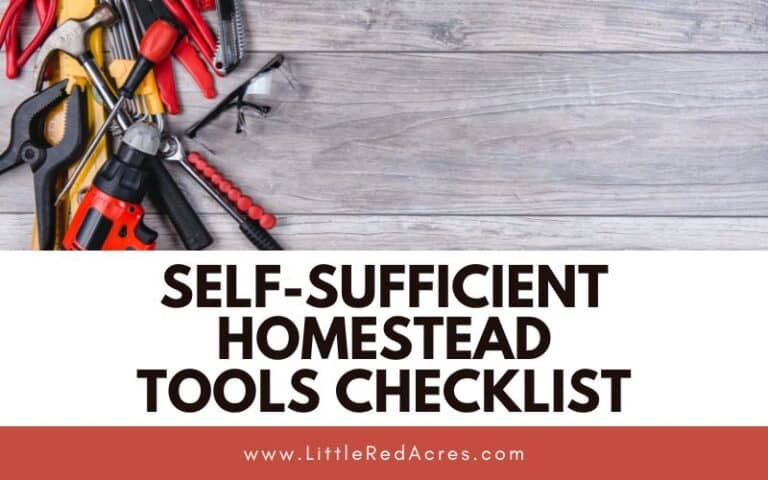Fall Leaves on Your Homestead
Inside: 10 practical ways to use fall leaves on your homestead – from mulch to compost, make the most of this seasonal resource!
As autumn arrives, our homesteads undergo a remarkable transformation with the shedding of leaves from trees. Instead of viewing this natural occurrence as a chore or as something else to deal with, we can harness the potential of fallen leaves for various practical purposes.
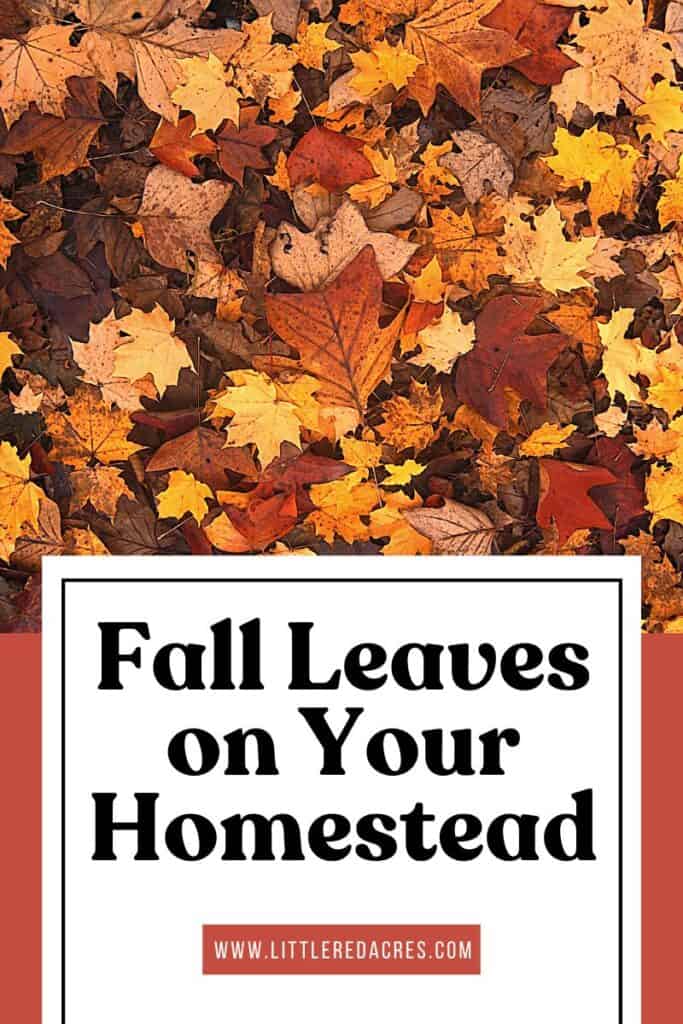
This post may contain affiliate links, see my disclosure policy for more information.
Fall Leaves on Your Homestead
For homesteaders, the falling leaves can provide a wealth of opportunities to make the most of the season. From composting to using the leaves as natural mulch, there are many ways to incorporate the leaves back into your homestead.
Get updates & freebies delivered to your inbox!
Natural Mulch
One of the most effective uses for fallen leaves is as a natural mulch. Gather them and spread a thick layer around the base of trees, shrubs, and garden beds. This mulch helps retain moisture, suppress weeds, and insulate plant roots from extreme temperatures.
They make a great mulch and insulator for your winter garden.
Composting Gold
Turn your pile of fallen leaves into valuable compost. Layer leaves with other organic materials like kitchen scraps, grass clippings, and garden waste to create nutrient-rich compost that will enrich your garden soil come springtime.
Leaf Mold
In addition to traditional composting, you can create leaf mold. This is a slower decomposition process that produces a crumbly, earthy-smelling material that improves soil structure and moisture retention. Simply pile leaves in a designated area and let nature do the work over time.
If you have seasonal allergies, I do not recommend this.
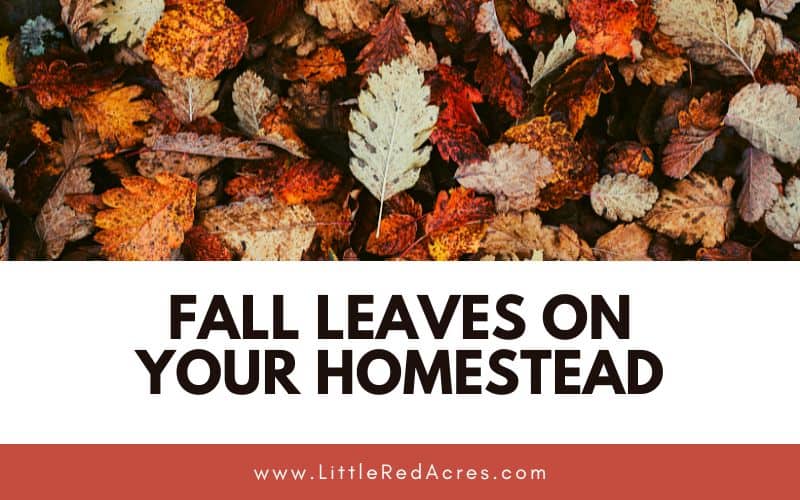
Pathway Material
Crushed leaves make an excellent and cost-effective pathway material. Simply collect and spread them on garden paths and walkways. They can prevent weed growth which is something we all want.
Leaf Storage
Use leaves as an insulating layer to protect sensitive plants or root crops during the winter. Pile leaves over the plants or around root cellars to help regulate temperature and prevent frost damage.
Natural Erosion Control
If your homestead has sloping terrain, strategically placed leaves can help control soil erosion by slowing down rainwater runoff and allowing it to soak into the ground.
Leaf-Covered Water Features
Enhance the aesthetics of your homestead by using leaves to cover the surface of garden ponds or water features. This natural cover helps reduce evaporation and maintain water quality.
The beauty of fall leaves on the homestead isn't just in their vibrant colors; it's in their practical utility. By implementing these creative ways to use fallen leaves, you can enhance the functionality of your homestead, save on resources, and contribute to a more sustainable and efficient environment.
So, this autumn, as the leaves fall, let them be a valuable resource that enriches and empowers your homestead in more ways than one.
Frequently Asked Questions
Should you rake leaves or leave them on the ground? If you have no other use for the leaves, leave them where they lie. Many environmental experts say raking leaves and removing them from your property is not only bad for your lawn but for the environment as well.


